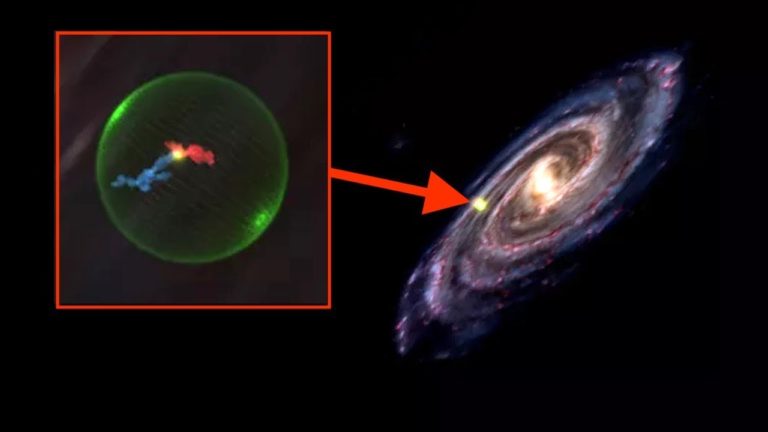Astronomers Discover a Gigantic Pothole in the Milky Way!
According to current estimates, there are up to 400 billion stars in the Milky Way alone. As is well known, our home solar system is also part of these fascinating barred spiral galaxies.
How gigantic the dimensions of our galactic home are in reality becomes clear to us if we conceptualize the confusing accumulation of thousands and thousands of celestial bodies as an earthly snowdrift. In an area with a diameter of 6 miles and an average height of just over half a mile, our sun, which generally appears to us as a colossal celestial body, would not even be the size of a microscopically small virus.
In view of these mind-boggling dimensions difficult for our human mind to grasp, it is practically in the nature of things that the Milky Way still hides innumerable secrets yet to be deciphered. With every new discovery we make within our home galaxy, we add another important piece of the mosaic that is the galactic picture.
In the course of their research, however, experts are repeatedly confronted with puzzling structures and conditions that cannot initially be placed in an explicable context. Now we’ll tell you which discoveries in the Milky Way leave not only the renowned experts agog!
Do not forget to share your opinion with us to provide you with the best posts !





The processes of evolution in observable space are extremely logical and consistent. All processes of birth and evolution go in the direction (from the inside-out) in contrast to the mainstream picture (outside-in). Nowhere do we observe stars and galaxies evolving by compressing clouds of gas and dust. On the contrary, the birth and evolution of stars and galaxies is accompanied by their growth from the inside and the formation of clouds of dust and gas. As the stellar population grows, star formation fades as a result of depletion of star formation energy, even if there are powerful gas clouds. The same thing happens with galaxies, star formation gradually slows down, clouds are scattering. Only sources of AGNs remain in the centers of large galaxies which do not need gas clouds and black holes. In the modern world where we live, star formation is almost over, and AGNs disappear. https://www.academia.edu/41932299/The_Cosmic_Evolution